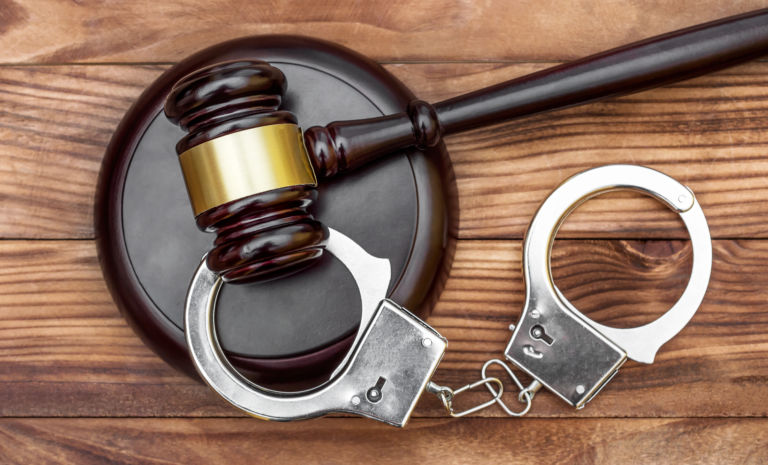David French of National Review Online explores the reasons why police officers rarely face criminal convictions when they shoot suspects.
As so often happens, an allegedly clear-cut case of police brutality just got more complicated. Terrence Crutcher, an unarmed black man killed by a white female police officer in Tulsa, Okla., reportedly, according to the autopsy, had PCP in his system when he died — enough to make him acutely intoxicated. The fact that Crutcher was high on PCP doesn’t by itself make the use of deadly force either appropriate or lawful, but it does have real effect in the courtroom. The chances of convicting Betty Shelby, the officer who fired the fatal shot, just decreased significantly.
Why? Because of the law. The public shout-fest over any given police shooting almost always asks exactly the wrong question: Was the police officer in actual, physical danger when he or she pulled the trigger? Moreover, that improper question is almost always asked against the background of an incomplete or inaccurate factual picture.
In the case of the Ferguson, Mo., shooting, activists believed that a police officer shot an unarmed black man (true) who had his hands up, peacefully surrendering (false). In the utterly horrifying case of Cleveland’s Tamir Rice, protesters knew that police shot a child with a toy gun, and later they learned that the police shot him almost immediately after arriving on the scene. But it wasn’t until much later that the public learned of the breakdown in communication that led officers to believe they were encountering not a kid with a toy but rather a “potential active shooter” in a public park.
Juries approach cases from a completely different perspective: Not only do they have access to facts most of the public never sees, but they are also asked to weigh those facts against a legal standard that asks not whether the police officer was “right” but instead whether the officer was “reasonable.” In other words, when the officer used force, did he or she do so with the reasonable belief — to quote Oklahoma law — that deadly force was “necessary to protect himself or others from the infliction of serious bodily harm.”
Juries are notoriously unwilling to second-guess officers’ split-second judgments, but it’s simply a mistake to assume that jury members do this out of blind faith. Any competent defense attorney, for example, will introduce copious evidence of the real and present danger from even unarmed men who are high on PCP. In the case of suspects armed with knives or with, say, guns at their sides, defense attorneys can introduce a great deal of evidence that even with guns pointed at a suspect, police are vulnerable if the suspect lashes out quickly enough.


